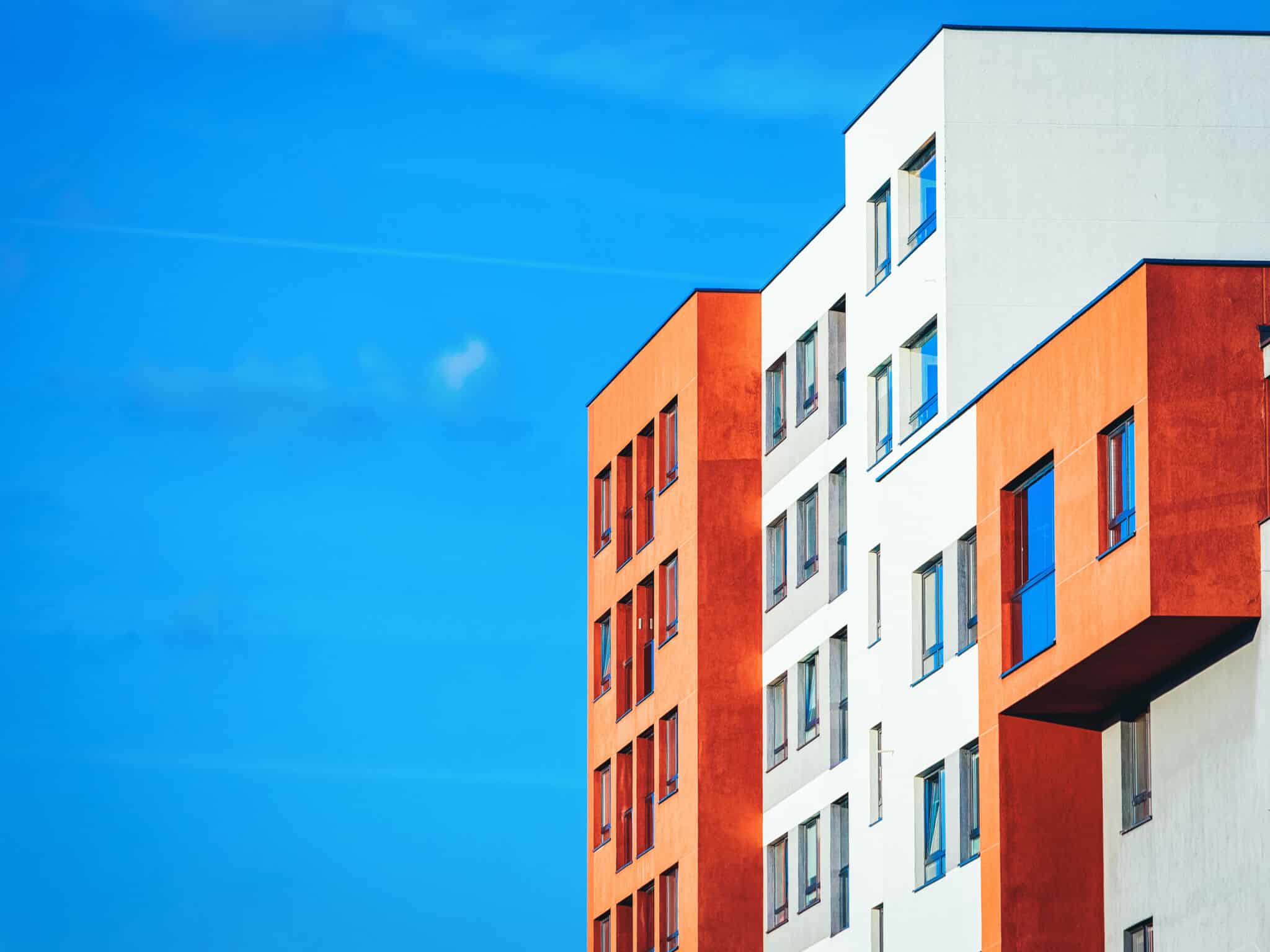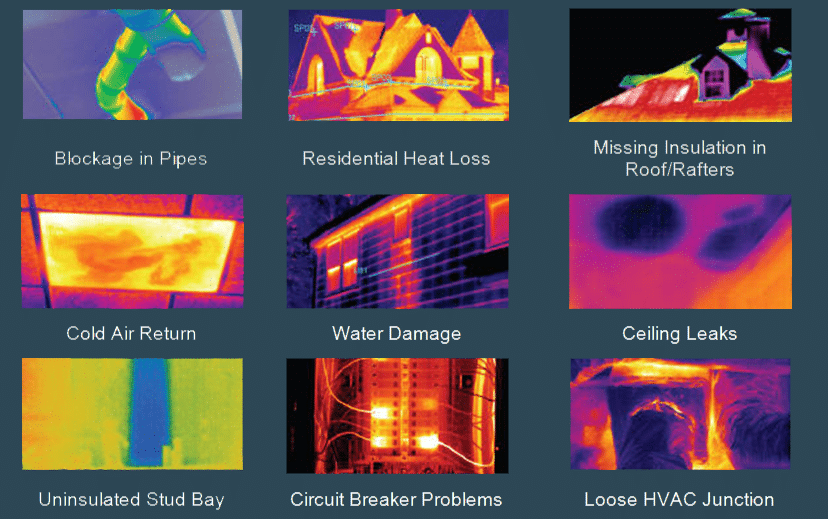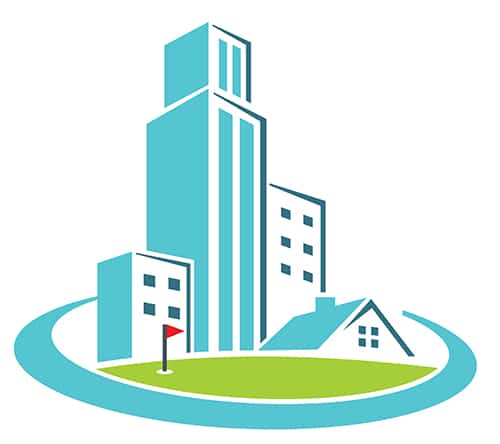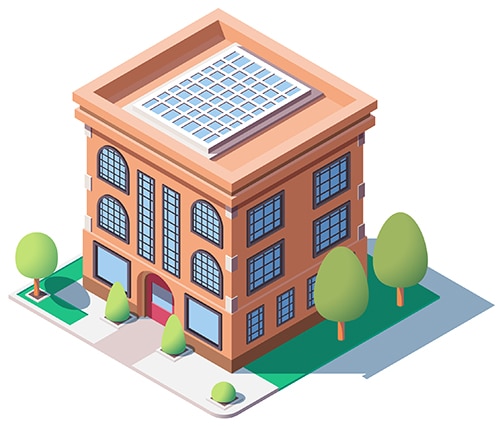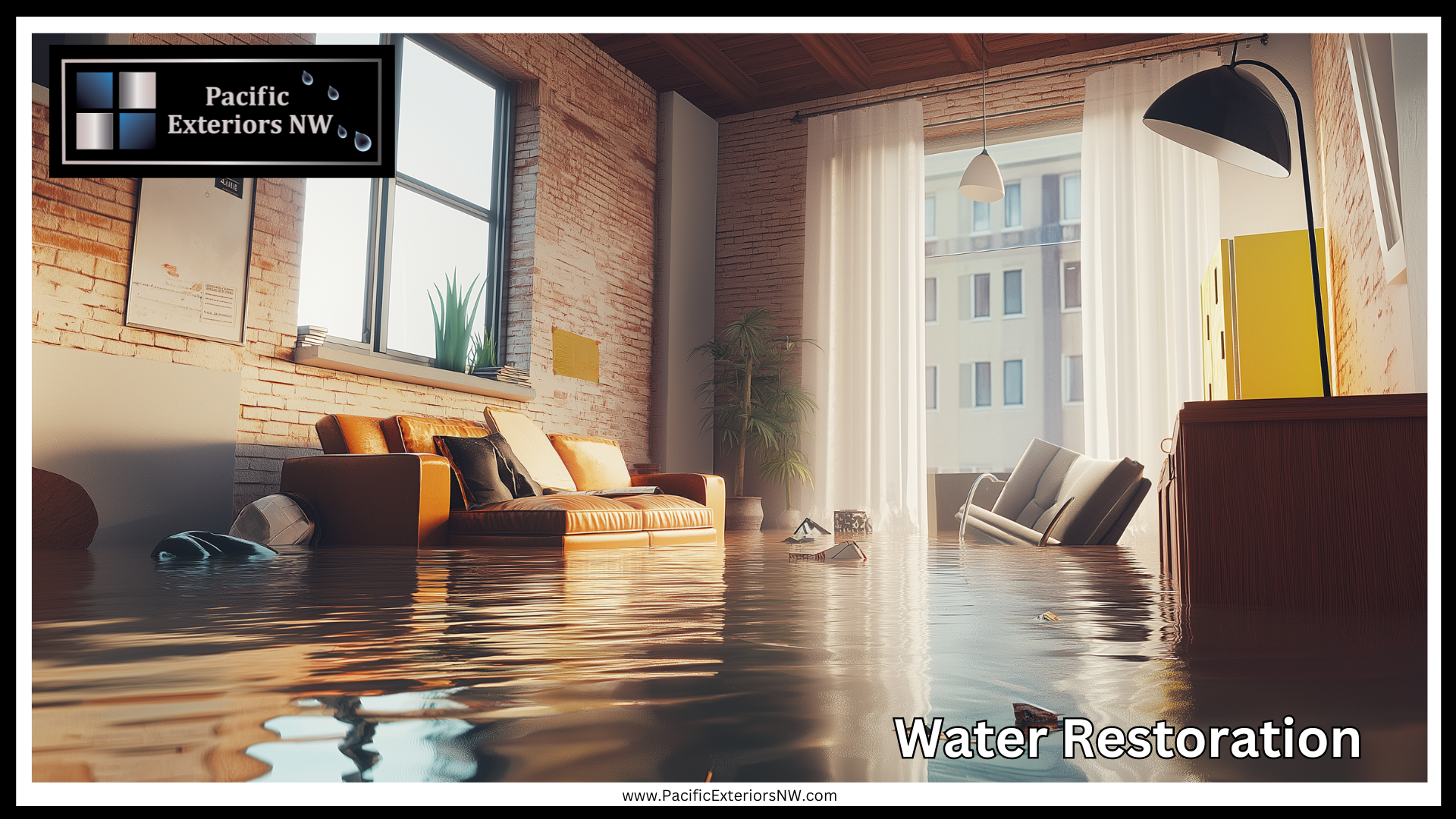
Water damage can strike unexpectedly, from a burst pipe to a severe storm or even a simple household mishap. When it does, quick and effective water damage restoration becomes critical. Water can ruin personal belongings, weaken the structure of buildings, and create a breeding ground for mold.
It’s not just about water; other types of damage, such as fire and mold, can also pose serious risks. Understanding how to handle damage cleanup, including mold removal and addressing commercial water damage, is vital to protect your home or business from further harm.
Let’s learn the steps you need to take to restore your property and prevent future issues.
Understanding Water Damage
Damage from excess moisture can significantly affect your home or business, leading to costly repairs and health risks. Water damage occurs when water infiltrates areas it shouldn’t, causing structural issues and promoting mold growth. A water leak, whether from broken pipes, overflowing appliances, or roof leaks, is often the culprit.
Understanding the causes of water damage is vital for prevention. It can stem from both natural and artificial sources. Heavy rains, flooding, and snowmelt can overwhelm drainage systems, while faulty plumbing and appliances can create leaks that go unnoticed until significant damage occurs.
Conducting a water damage assessment is vital to identify the source and extent of the problem. Early detection can save you from extensive repairs and health hazards associated with mold and mildew. If you notice discoloration on walls, a musty smell, or damp carpets, it’s vital to act quickly.
Types of Water Damage
Understanding water damage classes is vital for effective water damage restoration. There are three main categories of water damage: clean water, gray water, and black water.
Clean water comes from sources like broken pipes or rainwater. It poses minimal health risks, making it easier to handle.
Gray water contains contaminants, often from appliances like dishwashers or washing machines. While it’s not immediately harmful, proper precautions are necessary during cleanup.
Black water is highly contaminated, usually from sewage or floodwaters, and poses significant health risks.
Identifying these types of water damage is crucial because it determines the appropriate restoration methods. Understanding the severity of the damage helps you decide whether you can tackle it on your own or need professional help. By knowing these distinctions, you can quickly and effectively restore your property, minimizing potential losses and ensuring a safer environment.
Effects of Water Damage on Property
When water damage occurs, the effects can quickly accumulate, impacting various aspects of your property.
You might notice immediate concerns like mold growth, which can pose health risks and lead to costly water damage restoration efforts.
If left untreated, water can seep into walls, flooring, and foundations, causing structural damage that compromises the integrity of your building.
The presence of moisture can attract pests, further exacerbating the problem.
Your belongings, from furniture to electronics, are also at risk. Water can warp, rust, or ruin these items, adding to your financial burden.
It’s important to act fast if you spot signs of water damage. Don’t wait for the situation to worsen.
Engage professionals, like Pacific Exteriors NW, who specialize in water damage restoration to assess and address the issue promptly.
They’ll help salvage what they can and prevent further structural damage, ensuring your property remains safe and sound.
The Science Behind Water Damage Restoration
Understanding the science behind water damage restoration is essential for effective recovery.
Moisture plays a key role in the damage process, and knowing how mold and mildew thrive can help prevent further issues.
Quick response is vital to mitigate the effects and restore your space efficiently.
The Role of Moisture in Water Damage
Moisture is the primary culprit behind damage to your home’s structure and belongings. When water infiltrates, it increases humidity levels, which can lead to more extensive issues if not addressed promptly. To effectively manage water damage, you must accurately assess and monitor moisture levels. This is where a moisture meter becomes vital.
Using a moisture meter helps you identify the extent of the water damage and pinpoint areas that require immediate attention. You can make informed decisions about the necessary water mitigation steps by measuring the moisture content in materials like drywall, wood, and flooring.
Effective water mitigation involves removing standing water and thoroughly drying all affected areas. This reduces the risk of further damage and prevents long-term structural issues. By understanding the role of moisture, you’ll be better equipped to tackle water damage head-on, saving time and money while protecting your home. Addressing moisture quickly is key to successful restoration.
Understanding Mold and Mildew Growth
Mold and mildew thrive in damp environments, making them common consequences of water damage if left unchecked. You might notice signs of water damage, such as discoloration on walls, a musty odor, or even visible growth on surfaces. These indicators signal that moisture levels are too high, creating the perfect breeding ground for mold and mildew.
Mold spores are everywhere but only become a problem when they find the right conditions to grow. If you’ve experienced water damage, it’s important to address it quickly to prevent mold from taking hold. This is where mold remediation comes into play. Professional remediation services identify the source of moisture, remove contaminated materials, and thoroughly clean the affected areas to restore a safe environment.
You should also be aware that mold can have health implications, especially for those with allergies or respiratory issues. That’s why recognizing the signs of water damage early and acting fast is vital. Understanding how mold and mildew grow helps you take proactive steps in your water damage restoration process, ensuring your space remains healthy and safe for you and your loved ones.
The Importance of Quick Response in Water Damage Restoration
A swift response to water damage can significantly reduce the amount of long-term damage your property suffers. When water infiltrates your home, every moment counts. If you act quickly, you can minimize the extent of the damage and the subsequent costs involved in water damage restoration.
Water extraction prevents further absorption into walls, floors, and furniture, which can lead to mold growth and structural issues. The longer the water sits, the more difficult and costly the restoration process becomes. By prioritizing a prompt response, you can save your belongings, health, and safety.
After water extraction, thorough drying and dehumidification are vital. This helps eliminate any remaining moisture and reduces the risk of mold and mildew, which thrive in damp environments.
The Water Damage Restoration Process
When you face water damage, it’s important to understand the restoration process.
Do an initial inspection and damage assessment to identify the extent of the issue.
Move on to water extraction and drying before tackling cleaning, sanitizing, and restoration and repair.
Initial Inspection and Damage Assessment
Before any restoration work begins, a thorough initial inspection and damage assessment is key in the water damage restoration process. You’ll want to evaluate the affected area carefully to identify the source of the water and determine the extent of the damage. This step helps you understand the severity of the situation and guides your next steps in the restoration process.
During the initial inspection, look for visible signs of water damage, such as discoloration on walls or ceilings, warped flooring, or mold growth. Document these findings, as they’ll play a key role in your damage assessment.
Use moisture meters to measure the moisture levels in different materials, ensuring you cover hidden areas that may not be immediately visible.
Once you’ve gathered all the necessary information, you can develop a comprehensive restoration plan. This plan should outline the necessary steps, equipment, and materials to address the damage effectively.
Water Extraction and Drying
Water extraction and drying are critical steps in the restoration process, as they directly impact the effectiveness of your recovery efforts. When you face water damage, swift action is vital for minimizing long-term issues like mold growth and structural damage.
Here’s what you need to know about water removal and drying:
- Use commercial-grade equipment: High-powered pumps and vacuums speed up the water removal process.
- Monitor humidity levels: Monitor humidity to ensure effective drying; aim for lower levels to prevent further damage.
- Air circulation: Utilize fans and dehumidifiers to improve air circulation and promote faster drying.
Check all affected areas:
Don’t just focus on visible water; check behind walls and beneath floors to ensure thorough water restoration.
Post-extraction inspection:
After extraction, assess the area to identify any remaining moisture that requires additional drying efforts.
These steps will help you efficiently remove water and dry out your property, ultimately paving the way for a successful restoration process. Remember, acting quickly can save you time, money, and stress in the long run.
Cleaning and Sanitizing
After successfully extracting water and ensuring your space is dry, cleaning and sanitizing the affected areas is the next vital step in the restoration process. This phase helps eliminate any remaining moisture and prevents mold growth, which can pose health risks. You’ll need to assess the surfaces and materials impacted by the water.
Start by using a mixture of water and specialized cleaning solutions to scrub down walls, floors, and any other surfaces. Pay close attention to porous materials, as they can harbor bacteria and odors.
Consider content restoration for salvageable items. This process involves thoroughly cleaning and sanitizing furniture and personal belongings to ensure they’re safe to use again.
Don’t forget to ventilate the area during cleaning to help dry surfaces and reduce odors.
Once you’ve completed the cleaning and sanitizing, inspect for any lingering smells or signs of contamination. If you notice anything unusual, it’s vital to address it immediately to maintain a safe environment.
With the right approach, your space will be back to normal, helping you move forward after the water damage.
Restoration and Repair
Once you’ve cleaned and sanitized the affected areas, the focus shifts to restoration and repair. This part of the water damage restoration process is vital for returning your space to its former condition. Start by assessing the extent of the damage. Check for warped flooring, stained walls, or damaged ceilings that may need replacement.
You’ll need to address any structural issues. If you find compromised beams or joists, consider consulting a professional for structural damage repair. For minor issues, you can fill in cracks or holes with appropriate materials.
Once all structural repairs are complete, it’s time to focus on cosmetic fixes. This includes painting walls, replacing baseboards, and reinstalling flooring. You’ll want to ensure that all areas match your home’s original aesthetics.
Tools and Equipment Used in Water Damage Restoration
When tackling water damage restoration, you’ll need the right tools to effectively address the problem.
Moisture detectors, infrared cameras, and powerful pumps are just a few essentials that can make a significant difference.
Understanding how to use industrial-grade dehumidifiers and air movers will also speed up drying.
Moisture Detectors and Hygrometers
Moisture detectors and hygrometers play a vital role in effectively managing water damage restoration. They allow you to assess the extent of moisture intrusion accurately. These tools help you identify hidden moisture in walls, floors, and ceilings, ensuring you don’t miss any critical areas that could lead to mold growth or structural damage.
Moisture detectors typically use sensors to measure the moisture content in materials, providing immediate readings that guide your restoration efforts. You can quickly pinpoint problem areas and decide on appropriate action, whether drying out a specific section or treating mold.
Hygrometers measure the humidity levels in the air, which is vital for understanding the overall environment surrounding the water damage. By monitoring humidity, you can create a plan to prevent further issues during the restoration process.
Using moisture detectors and hygrometers enhances the efficiency of your water damage restoration efforts and helps ensure a thorough and effective recovery. By investing in these tools, you’re setting yourself up for success in tackling water damage challenges head-on.
Infrared Cameras for Detecting Hidden Water
Infrared cameras are invaluable in detecting hidden water damage that traditional methods might miss. These advanced devices utilize thermal imaging technology to reveal surface temperature differences, helping you identify moisture behind walls, under floors, and ceilings. When conducting damage inspections, infrared cameras allow you to pinpoint the exact location of water intrusion without invasive procedures.
Using an infrared camera during water damage restoration can save you time and money. You’ll be able to assess the extent of the damage quickly, determining which areas require immediate attention. By visualizing heat patterns, you’ll see how far the water has spread, enabling you to create a more effective restoration plan.
Infrared cameras intensify your ability to document findings for insurance claims or future reference. This documentation can prove invaluable, providing evidence of the damage before restoration begins.
Incorporating infrared technology into your water damage restoration toolkit improves your efficiency and accuracy, ensuring you tackle hidden water issues effectively. Ultimately, you’ll protect your property and reduce the risk of mold growth, contributing to a healthier living environment.
Submersible and Gas-Powered Pumps for Continuous Pumping
After infrared cameras identify hidden water damage, the next step in the restoration process often involves efficiently removing excess water. This is where submersible and gas-powered pumps come into play.
Submersible pumps are ideal for situations where water has pooled. They can operate underwater and remove large volumes of water quickly. These pumps are designed to handle different debris, ensuring a cleaner environment for further restoration work.
Gas-powered pumps are perfect for outdoor or larger-scale water damage restoration projects. Their portability and high pumping capacity make them suitable for draining flooded basements or construction sites.
When using gas-powered pumps, you won’t have to worry about electrical outlets, which grants you flexibility in challenging conditions.
Using the right pump speeds up the water removal process and helps prevent further damage and mold growth. By investing in reliable submersible and gas-powered pumps, you’re taking vital steps in effective water damage restoration, ensuring your space returns to its original state as quickly as possible.
Industrial Grade Dehumidifiers and Air Movers
When tackling water damage restoration, industrial-grade dehumidifiers and air movers are vital tools that help create a dry environment. These machines work together to speed up restoration by removing moisture from the air and surfaces, preventing mold growth and structural damage.
Here’s a quick overview of their key features:
| Tool | Key Features |
|---|---|
| Dehumidifiers | High-capacity, adjustable humidity settings, continuous drainage options |
| Air Movers | High airflow rates, adjustable angles, stackable design for easy storage |
| Combination Units | Integrates both dehumidifying and air-moving functions for efficient drying |
| Portable Models | Lightweight and easy to transport, ideal for residential and commercial use |
| Energy Efficiency | Low power consumption, designed for prolonged operation without high energy costs |
Using these industrial-grade tools enhances the efficiency of your water damage restoration and significantly reduces the time needed to return your space to its original condition. Investing in quality equipment ensures a thorough and effective restoration process, safeguarding your property from long-term damage.
Pacific Exteriors NW uses these industrial-grade tools, so you do not have to purchase them yourselves.
Hiring a Water Damage Restoration Company
When facing water damage, choosing the right restoration company is vital.
You’ll want to consider their experience, costs, and how your insurance can help cover the expenses.
Factors to Consider When Choosing a Restoration Company
Choosing the right restoration company can significantly affect how quickly and effectively your water damage is addressed. Start by looking for restoration companies with a solid reputation and positive customer reviews. This will give you a clearer picture of their reliability and quality of service.
Check if they’re licensed and insured. A reputable company should have the necessary certifications to perform water damage restoration and ensure it follows industry standards. Experience matters, too; companies with years in the field are likely to handle different situations effectively.
Inquire about their response time. When water damage occurs, you need a team to act swiftly to minimize further issues. Ask if they offer 24/7 emergency services, which can be vital in urgent situations.
Remember to discuss their methods and equipment. Modern restoration companies should utilize advanced technology for drying and cleaning. Ensure they offer a clear, detailed estimate before any work begins so you know what to expect in terms of service and timeline. By considering these factors, you’ll be better equipped to choose the right partner for your water damage restoration needs.
Understanding the Cost of Water Damage Restoration
Understanding the cost of water damage restoration involves more than just a simple price tag; it encompasses different factors influencing your overall expenses. When hiring a water damage restoration company, you need to consider the extent of the damage, the materials involved, and the time required for restoration. Each of these factors can significantly impact the final bill.
For instance, if you’re dealing with extensive flooding, the restoration specialists may need specialized equipment and multiple team members to address the issue promptly. The type of materials affected—like hardwood floors or drywall—can lead to varying costs for repair or replacement.
Labor rates also play a vital role in the total cost. Regions with a higher cost of living typically have higher labor charges. If your home has been exposed to mold or hazardous materials, remediation efforts will add to your expenses.
It’s vital to get detailed estimates from different restoration specialists. This way, you can make an informed decision based on your situation’s specific needs, ensuring you receive the best value for your money in the water damage restoration process.
Insurance and Water Damage Restoration
Negotiating insurance claims for water damage restoration can be tricky, but having the right coverage makes the process smoother.
Review your policy to understand what’s covered. Many homeowners’ insurance policies include water damage from burst pipes but may exclude flooding, so knowing your specific terms is vital.
When you experience water damage, document everything. Take photos of the damage and keep receipts for immediate repairs or mitigation efforts. This documentation will support your insurance claims and help expedite the process.
Contact your insurance company as soon as possible. They’ll guide you through the claims process and may even recommend a trusted water damage restoration company.
Choosing a company that works with your insurer can simplify matters, as they often understand the necessary documentation and can help negotiate costs.
DIY Water Damage Restoration
When you face water damage, you might wonder if DIY restoration is the right choice. Understanding when to tackle the job yourself, the steps to follow, and the potential risks involved is vital.
When to Consider DIY Water Damage Restoration
Water damage can feel overwhelming, but there are times when tackling the restoration process yourself might be a viable option. If the damage is minor, such as a small leak or localized flooding, you may not need to call a professional for water damage restoration. In these cases, you can often handle the cleanup and repairs on your own, saving both time and money.
Consider DIY restoration when the affected area is limited, like a single room, and the materials aren’t extensively damaged. If you’re comfortable with basic tools and have some experience with home repairs, you might find it rewarding to take charge of the situation. Ensure you assess the damage thoroughly; if mold develops or the water has reached electrical systems, it’s key to call a professional for water assistance.
In short, use your judgment. If the job feels manageable and you have access to the right tools, a DIY approach could be effective. Just remember, safety comes first—if in doubt, don’t hesitate to reach out for help.
Steps in DIY Water Damage Restoration
Assess the extent of the damage to determine your next steps in the DIY water damage restoration process. Check for water-soaked materials like carpets, drywall, and insulation. If they’re beyond saving, you’ll need to prioritize material removal.
Once you’ve identified the affected areas, extract water using a wet/dry vacuum or pumps. Work quickly to minimize damage and prevent mold growth. After removing the water, focus on drying out the space. Open windows and use fans and dehumidifiers to help speed up drying.
Inspect the structure for any hidden moisture. Check behind walls and under floors, as trapped water can lead to serious problems later. If you find any, consider professional help to ensure complete drying.
Once everything is dry, you can start repairing and restoring damaged areas. Replace any ruined materials and treat surfaces to prevent mold and mildew. Remember to document the restoration process; you may need this for insurance claims. Following these steps in your DIY water damage restoration will help you tackle the situation effectively and restore your space to its original condition.
Risks and Challenges in DIY Water Damage Restoration
Taking on DIY water damage restoration can seem straightforward, but several risks and challenges lurk beneath the surface.
You might underestimate the extent of the damage. Hidden moisture can lead to mold growth, which poses serious health risks. If you don’t identify and eliminate all sources of water, you could end up dealing with a bigger problem later.
Improper techniques can worsen the situation. Without the right knowledge, you might damage walls, floors, or belongings further. You may also overlook vital safety precautions, like turning off electricity before starting work in wet areas.
The restoration process often requires specialized equipment you mightn’t have access to. Renting or purchasing this gear adds to your costs, which could negate any savings from doing it yourself.
Insurance complications can arise if your DIY efforts aren’t up to standard. If you need to file a claim later, your insurer might question your methods and deny coverage.
Preventing Water Damage
Regular maintenance and inspection are essential to protecting your home or apartment building from water damage.
Installing water leak detection systems can give you peace of mind while proper drainage and waterproofing measures protect your property.
Regular Maintenance and Inspection
Regular maintenance and inspection can significantly reduce your risk of water damage. By taking proactive steps, you can catch potential issues before they become costly problems.
Start with regular roof inspections; check for missing shingles, leaks, or damage. A well-maintained roof is your first line of defense against water intrusion.
Don’t forget to inspect gutters and downspouts. Clean them regularly to prevent clogs that can overflow and water pooling around your foundation. Ensure that your drainage systems function properly, directing water away from your home.
Examine your plumbing, looking for leaks or signs of wear. Even small leaks can escalate, leading to significant issues that require extensive water damage restoration. Pay attention to appliances like washing machines and dishwashers, as they can be common sources of water problems.
Installing Water Leak Detection Systems
Investing in water leak detection systems can provide invaluable peace of mind. These systems actively monitor your property for any signs of leaks, alerting you immediately when they detect moisture. By catching leaks early, you can prevent extensive water damage restoration costs and the headaches that come with them.
When you install a leak detection system, you’re adding a layer of protection against unexpected water sources, like burst pipes or faulty appliances. Many modern systems connect to your smartphone, allowing you to receive real-time alerts no matter where you are. This feature enables you to act quickly, potentially saving you thousands in repairs.
Some systems have automatic shut-off valves to stop water flow when a leak is detected. This proactive approach minimizes the risk of substantial damage and keeps your home safe and dry.
By prioritizing installing a water leak detection system, you’re safeguarding your property against the unpredictable nature of water damage. It’s a smart investment that pays off in peace of mind and long-term savings.
Proper Drainage and Waterproofing Measures
Ensuring proper drainage and waterproofing measures can significantly reduce your home’s water damage risk. Start by evaluating your property’s grading; it should slope away from your foundation. This ensures that rainwater drains away, preventing pooling around your home.
Installing gutters and downspouts is also important; they channel water away and dry your roof and foundation.
Consider waterproofing measures for your basement or crawl space. Applying a waterproof sealant to walls can create a barrier against moisture. A sump pump will help divert accumulated water, especially during heavy rains. Ensure that any cracks in your foundation are sealed properly to prevent water intrusion.
Regular maintenance of your drainage systems is vital, too. Clean gutters and downspouts frequently to avoid blockages. Also, check for signs of water damage or leaks in your home and address them immediately.
FAQs
How Quickly Should I Act After Discovering Water Damage?
When you find water damage, you should act immediately. Delaying can lead to more significant issues. Assess the situation, gather necessary tools, and start the cleanup process quickly to minimize damage.
Will My Insurance Cover Water Damage Restoration Costs?
Your insurance might cover water damage restoration costs, depending on your policy. You should review your coverage and contact your insurance agent to clarify what’s included and any necessary documentation.
Can I Stay in My Home During the Restoration?
You can often stay in your home during restoration, but it depends on the extent of the damage. You’ll likely be fine if it’s safe, but consider temporary relocation for your comfort and safety.
What Types of Water Cause the Most Damage?
Clean water from a burst pipe causes less harm than gray water from appliances. Blackwater, contaminated with bacteria, poses the most serious threat and requires immediate attention.
How Can I Identify Hidden Water Damage in My Home?
To identify hidden water damage in your home, look for discoloration on walls, peeling paint, or a musty smell. Check under sinks and behind appliances, and use a moisture meter for deeper inspections.



